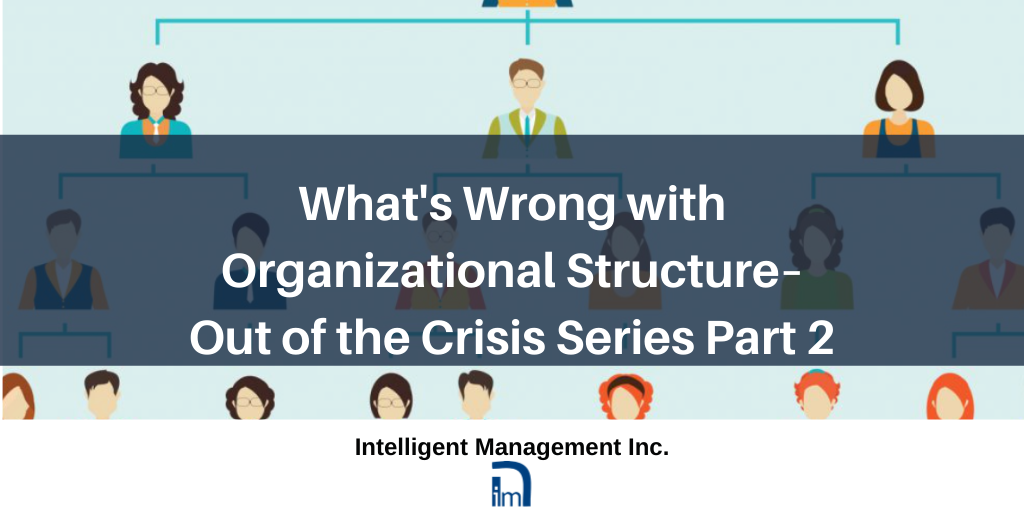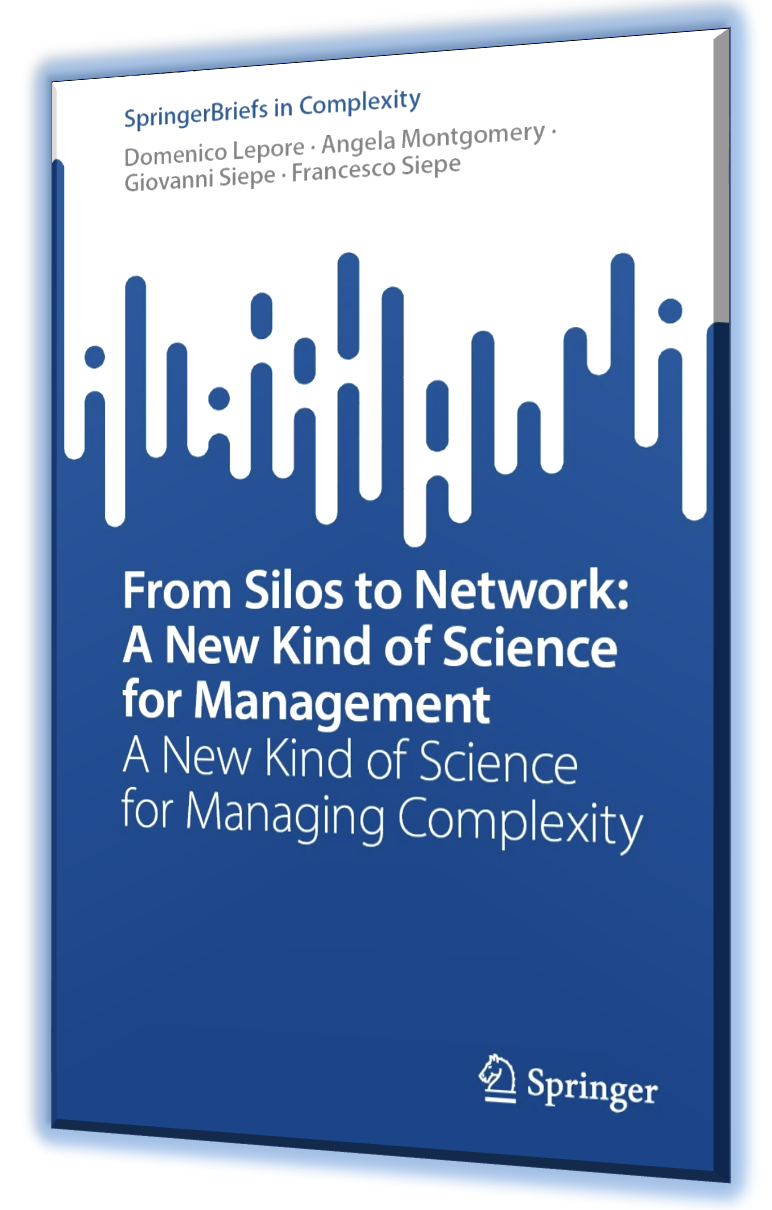
Beneath the tragedy of lost and disrupted lives and the domino effect of economic hardship, the COVID-19 crisis revealed an organizational crisis. Many more crises have and will inevitably continue to plague the world going forward, perhaps with increasing frequency, and so it is vital to understand much better the underlying organizational paradigm and organizational structure that these crises are highlighting so violently.
This COVID-19 crisis revealed the difficulty that decision-makers experienced in interpreting and responding at speed to complex phenomena. The crisis that the COVID-19 virus triggered, in large part, was due to the inability to activate a supply chain that would provide sufficient capacity in terms of ventilators, intensive care and medical equipment and staff necessary to deal with the number of cases requiring urgent care simultaneously. To avoid a repetition of this, we must understand how to make and do more with the resources we have available and how to do so reliably and with sufficient speed. This is precisely the realm of a body of systemic management knowledge and practice called the Theory of Constraints.
There is no such thing in our human existence as infinite capacity and it would be foolish to suggest there is. However, we do not need to accept the inevitability of a tragic lack of necessary capacity when there is a systemic science and method for achieving fundamentally more with what we have.
Understanding Systems
A new understanding of nature began to emerge in the twentieth century that we may refer to as systems science. There are various areas that can come under this name, from biology through to technology and social sciences. What these areas have in common is an understanding that sees the “whole” as opposed to a sum of separate parts. A systems view focuses on interactions and dynamics, it encompasses complexity and non-linear phenomena as inherent in our reality and it allows us to find solutions for optimization that would otherwise be inaccessible.
When it comes to organizations and industry, a systems view is epitomized in the work of W. Edwards Deming, the American physicist and statistician whose teachings enabled Japan not only to rise from the ashes of WWII but to become a leading economic power. While Deming’s work has been around for decades, it has been largely ignored or confined to the limited space of “Quality Management”. The transformational power of a deep understanding of Quality as intended by Deming has sadly been largely swallowed up into the ‘silo’ of Quality departments, whereas understanding Quality is something that must start in the Boardroom and permeate the way of thinking and working throughout any organization.
Deming introduced to the world of management the understanding that, rather than being a set of separate components, an organization is one, whole interconnected system where there are inputs that are transformed into output through a series of interactions. The diagram he produced back in the 1950s is radically different from any linear kind of depiction such as a traditional organization chart. It also brings the customer directly into the picture as well as a feedback cycle that allows a process of continuous improvement.
System as Organizational Structure
Understanding Quality and seeing the organizational structure as a system are the first steps in the direction of transforming organizations from the prevailing style of management towards one of systems optimization. This is not only necessary but urgent because the majority of organizations still operate with the flawed assumption that the most effective way to control what is happening in the organization is to divide it up into separate areas and functions. This practice is reinforced by anachronistic “static” accounting methods that are unable to take into consideration the speed of flow. An inevitable outcome of this practice is to create silos and artificial barriers to the flow of necessary interactions to achieve the goal of the organization.
Silos are a problem not only because they create frustration but because they are a major cause of sub-optimization of the resources available, further fuelled by a flawed reward system and by accounting methods that via allocation create the phantom of “product cost”. Silos are the fruit of linear thinking that fails to recognize that it takes time for a signal to propagate through a system and so the result of an action can only be seen much later, making it harder to understand where the result came from in the first place. It induces us to concentrate on costs and not on how to maximize throughput and it confuses price with value. Linear thinking imposes old patterns; it expects more of the same because it sees a past that continues in a linear way into the future. For this precise reason, linear thinking is blindsided to disruption.
Other articles in this ‘Out of the Crisis’ series:
Part 1: A Serious Knowledge Gap Affecting Leaders and Executives
Part 2: What’s Wrong with Organizational Structures?
Part 3: Viral Insights from Managing Variation and Constraints
Part 4: How to Manage Decentralized Work
Part 5: Learning to Think Systemically to Make Informed Decisions and Pre-empt a Crisis
Part 6: Identifying Assumptions to Unlock Innovation and Move Beyond the Crisis
Part 7 A New Economics for Sustainable Prosperity
Contact: intelligentmanagement@sechel.ws
SCHEDULE AN INTRODUCTORY CALL WITH US






Leave a Reply